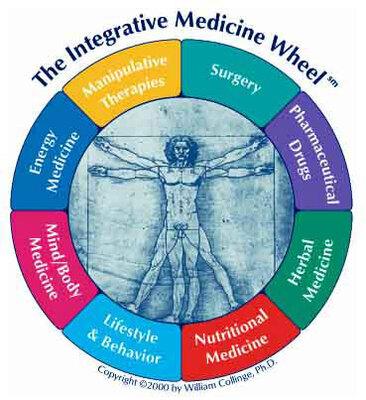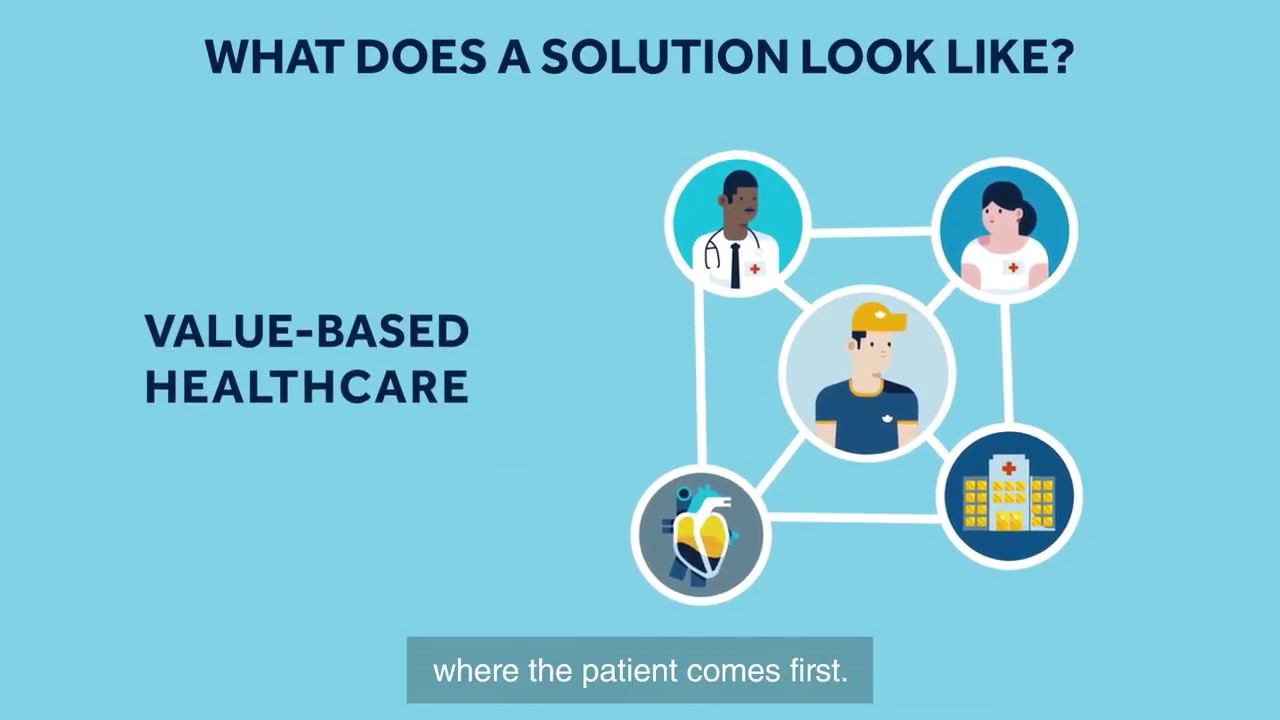Active Roster
Media
Sponsors
Patient-centered care is now prevalent as a 'discussed' model of delivery; the many stakeholders across the healthcare industry talk to its value. It has become clear that the average healthcare consumers are more satisfied with their care when they feel valued as an important member of their own healthcare team; considered and asked to be involved in critical decisions. Communication is key to building the solid, collaborative healthcare relationships that lead to those feelings of empowerment and engagement. Patient portal software gives providers the means to open the lines of communication, sometimes slowly at first and then increasing the frequency and quality of interactions between themselves and their clients. Patient portal software can streamline communications; bringing tasks online that are generally handled much less efficiently face to face or via the telephone. Areas of clinical need such as prescription renewal and referral requests, appointment booking and management, and viewing /explanations of test results. Clients can receive alerts from their healthcare providers via patient portals, reminding them of appointments, preventive care needs and/or prescription renewals, or set up alerts on their own to ensure that they remember to take medications or perform self-monitoring tasks. Providers can also deliver patient-specific health education and information to clients via the portal, supporting their efforts to become a well-informed and active participant in their care. Perhaps the most important of patient portal software features to engender trust in this new online Dr/patient relationship is how the provider/client communicate online. It must be respectful and effective. This involves secure messaging features, online video interactions, forums where personal health information PHI is secure, personal viewing of own health information and ongoing results and there must be online patient feedback measures that are monitored by the clinic admin team. Online viewing of sections of their personal health files, clients not only have access to their own health information but can be set up to be able to contribute – uploading their own photos of self- improvements, outputs from personal devices, current meals and new diets, home care observations, clinical concerns, medication compliance and other measures of self-monitoring. When the clinician team is ready, they can review these details and set up calls, online sessions and/or secure messages. Future 'patient centered healthcare' is about this type of online file - acted upon by their own healthcare team with them in the cycle of exchange. Online the clients can provide feedback quickly and efficiently, place info directly into their file; the client involved in their own outcomes - making a client more likely to make the effort. We must remember, after everything - it is all about fostering good relationships where both the provider and the client trust each other more and each feel 'heard' in their combined efforts to achieve better health. Not only does providing these tools facilitate more frequent and more efficient communication and information-sharing between provider and client, putting patient portal software to use in these ways adds efficiency and convenience to routine healthcare interactions. This benefits clients by reducing the time and effort involved in self-management. It also lightens the administrative load on providers and their staff, which benefits all by freeing more time for meaningful client-provider interactions and improved customer service. Better customer service, like better communication, helps ensure that clients feel valued, respected, and empowered in the healthcare relationship, leading to improved client satisfaction. by Dr Sue-Ellen McKelvey PhD MBA DC DO
Patient Portals: Improved Communication Means Improved Client Satisfaction
 Visual Outcomes for the emerging clinics that practice holistic, integrative healthcare; alternative health practitioners working as a team with conventional medicine. And with the client as an active patient in the team online. How do we do it?
Visual Outcomes for the emerging clinics that practice holistic, integrative healthcare; alternative health practitioners working as a team with conventional medicine. And with the client as an active patient in the team online. How do we do it?  Where do you see your clinic?
Where do you see your clinic? Clients personal exchange and online files (web portal)
Clients personal exchange and online files (web portal)  Are your clients involved in the decisions about their health journey? Get great outcomes in 2022.
Are your clients involved in the decisions about their health journey? Get great outcomes in 2022. Visual Outcomes is built around your patients/clients as an interactive healthcare journey. Keeping them in the center with your team easily allows you to see their progress. Use the many inbuilt business reports automatically run for all the owners and staff as required with full security of access.
Visual Outcomes is built around your patients/clients as an interactive healthcare journey. Keeping them in the center with your team easily allows you to see their progress. Use the many inbuilt business reports automatically run for all the owners and staff as required with full security of access.  Visual Outcomes target market is any “Health” clinic with a plan to grow; a leader with a vision and a team of practitioners with one or two clinics and a view to expand the healthcare model they are developing. We manage many practitioner types, in ambulatory settings of any “health” field. We focus specifically on helping you walk your client through their health journey, with your client involved as much as is possible. We support day surgeries and the new emerging health models of teams of integrated care in areas of chronic healthcare conditions.
Visual Outcomes target market is any “Health” clinic with a plan to grow; a leader with a vision and a team of practitioners with one or two clinics and a view to expand the healthcare model they are developing. We manage many practitioner types, in ambulatory settings of any “health” field. We focus specifically on helping you walk your client through their health journey, with your client involved as much as is possible. We support day surgeries and the new emerging health models of teams of integrated care in areas of chronic healthcare conditions.  Visual Outcomes has a single or one unified database set up. All is managed for you in the secured services of AWS Cloud technology. All your data analytics and dashboards of requested information are done from the same database which collects and collates all that you enter as part of your day-to-day process. Access this business information from any web-based device, access to easy reporting and statistics is made easy with these services. The advantage of Visual Outcomes is that we do this for you within the same database. No need for any add on software that adds costs and training complications. The output is delivered back into your day-to-day Visual Outcomes application on to the same PCs and devices you use in the clinic as a clinician, clinic administrator or management team.
Visual Outcomes has a single or one unified database set up. All is managed for you in the secured services of AWS Cloud technology. All your data analytics and dashboards of requested information are done from the same database which collects and collates all that you enter as part of your day-to-day process. Access this business information from any web-based device, access to easy reporting and statistics is made easy with these services. The advantage of Visual Outcomes is that we do this for you within the same database. No need for any add on software that adds costs and training complications. The output is delivered back into your day-to-day Visual Outcomes application on to the same PCs and devices you use in the clinic as a clinician, clinic administrator or management team.  Evolving Healthcare
Evolving Healthcare Ringing in the new year 2022 with a software that will be there for you
Ringing in the new year 2022 with a software that will be there for you COVID-19 has changed many things. We have to accept more to occur online than we were used to. With that in mind, we need more than ever a secure and safe healthcare information for the increase online healthcare consultations. The online or virtual clinic is inbuilt in Visual Outcomes offering a level of security for health journeys online. This is a must for every clinic as a responsible healthcare business from this year on. Protect your patients (your active clients online). Visual Outcomes has it!
COVID-19 has changed many things. We have to accept more to occur online than we were used to. With that in mind, we need more than ever a secure and safe healthcare information for the increase online healthcare consultations. The online or virtual clinic is inbuilt in Visual Outcomes offering a level of security for health journeys online. This is a must for every clinic as a responsible healthcare business from this year on. Protect your patients (your active clients online). Visual Outcomes has it!

 The value-base of healthcare delivered is an ever-increasing focus in clinical practice. Business owners need to see the value in what they get from a healthcare software.
The value-base of healthcare delivered is an ever-increasing focus in clinical practice. Business owners need to see the value in what they get from a healthcare software. 
 Visual Outcomes is a 10-year established healthcare platform; supporting all client centric multi-discipline multi-site enterprise healthcare and medicine. Visual Outcomes serves your professionals as a team with their differing medical flows and specific processes (medical and allied). Business reporting is inbuilt for real time accuracy and decision-making. And in a pivotal role is the “active participant” or patient at the center of their healthcare experience.
Visual Outcomes is a 10-year established healthcare platform; supporting all client centric multi-discipline multi-site enterprise healthcare and medicine. Visual Outcomes serves your professionals as a team with their differing medical flows and specific processes (medical and allied). Business reporting is inbuilt for real time accuracy and decision-making. And in a pivotal role is the “active participant” or patient at the center of their healthcare experience.  Written by: Sue-Ellen McKelvey DC PhD MBA
Written by: Sue-Ellen McKelvey DC PhD MBA